Two men, intimate friends, who call each other husband and wife, from our modern perspective, offers little ambiguity. We would assume them gay, on that evidence alone. But as many historians have pointed out the language of friendship between men in Early Modern England tended to be uninhibited and overblown with terms like ‘love’ thrown about liberally. Masculinity was differently defined at the time – you only have to consider the clothes men wore: festoons of pearls and lace and pom-poms on their shoes the size of cabbages. So, the letters, though compelling, and certainly convincing to this writer, are not sufficient evidence to prove James’s homosexuality. The recent discovery of a secret tunnel at Apethorpe House, one of James’s favourite residences, between his and George Villiers’s bedchambers, caused a flurry of supposition. But this too has a plausible and mundane explanation. Corridors between bedchambers were unremarkable in palaces of the period. Privacy, as we recognise it, didn’t exist in such buildings, which were designed to house a court of hundreds. The bed chamber was as much a place for political activities as for sexual, and corridors like this would have allowed access to the king’s close circle, including the Gentlemen of the Bedchamber, of which Villiers was one. All Early Modern kings had Gentlemen of the Bedchamber, several young courtiers who had close access to the monarch and were required to sleep in his room on a rota, as a security measure.
James never tried to hide these relationships, bestowing honours on them and promoting them to high office. Stuart became Duke of Lennox, Carr, Earl of Somerset and Villiers, Duke of Buckingham, and they were given great political responsibilities, though in some cases were not particularly suited for such roles. These men played a key role in James’s life and, in the case of Carr, stretched his good will almost to breaking point. Carr became mixed up in a poisoning plot, for which he and his wife were convicted. There is reason to believe that James’s actions around the trial indicated some fear that Carr might have revealed too much in his scaffold speech, were he condemned to death. It is also a matter of historical record that courtiers schemed to place beautiful young men in the King’s path in the hope of creating some advantage out of it, in much the same way pretty daughters were dangled under Henry VIII’s nose. They saw a weakness to exploit.  ROBERT CARR ROBERT CARR I have read more than one indignant tirade directed against those who choose to accept James as homosexual, stating that it casts negative aspersions, or ‘outs’ a man who is no longer able to speak for himself. This pre-supposes that to call someone homosexual is an insult and that to be homosexual, and in this I include bi-sexual, is degrading. This, I refuse to accept. I do however understand historians’ reluctance to take a firm stance on James’s sexuality. Stuart historian, Dr Samantha Smith, is clear as to why: ‘There is no denying that James I was fond of his favourites, who happened to be young men, but we cannot say for certain if this attraction resulted in sexual relations. There is no actual evidence to support such claims and the act of sodomy was in fact illegal and deemed a sin in 17th century England and James was a man who feared sin’. Does this though assume that homosexuality is only about penetration? There is always a fascination about who puts what in which hole – think of the did-they-didn’t-they obsession about Elizabeth and Dudley – but for me this misses the point. (s’cuse the pun!) The focus on the penetrative act as defining sexuality would exclude sex between women, but also other sexual practices between men, that don’t involve sodomy. It was sodomy specifically that was the legal and religious infringement at the time. The law had nothing to say about most other intimate acts. It is possible to imagine, then, even considering his fear of sin, that James may have indulged in practices we might consider homosexual but not in sodomy itself.
For the purposes of my novel The Poison Bed, in which Robert Carr’s relationship with the King is central to the plot, I have made the assumption of both men’s bi-sexuality. This may be audacious and certainly might put some noses out of joint. But fiction is the mode by which we can play with the liminal space between the lines of the historical record. It allows us to imagine what happened behind closed doors and weave a plausible version of the past from what we know and what we can never know.
EC Fremantle’s novel The Poison Bed, about King James’s favourite Robert Carr and the poisoning scandal in which he became embroiled, is published in hardback by Michael Joseph (Penguin) on June 14th
1 Comment
|
Subscribe to Elizabeth's quarterly newsletter below:Archives
June 2018
Categories
All
|
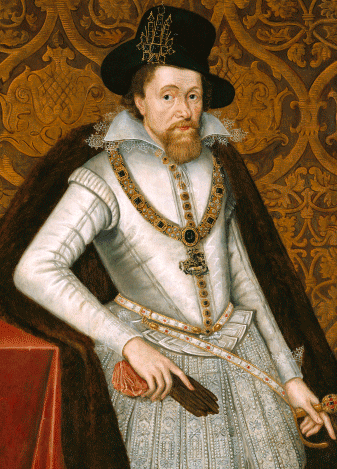


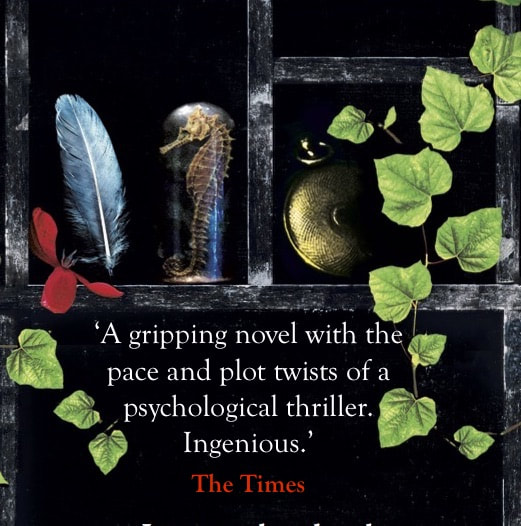
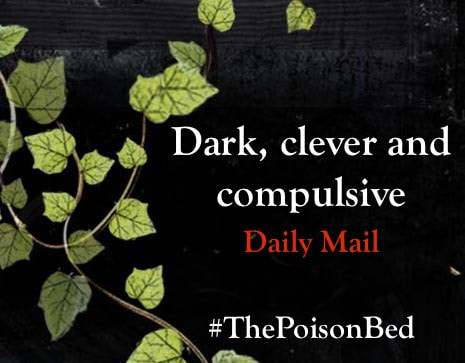
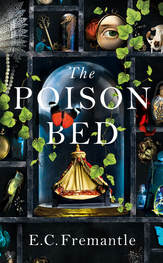
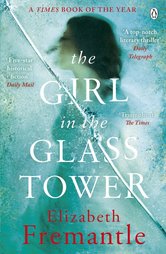
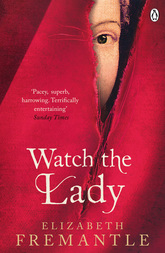

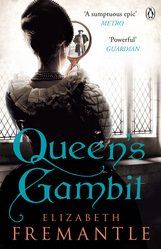
 RSS Feed
RSS Feed
